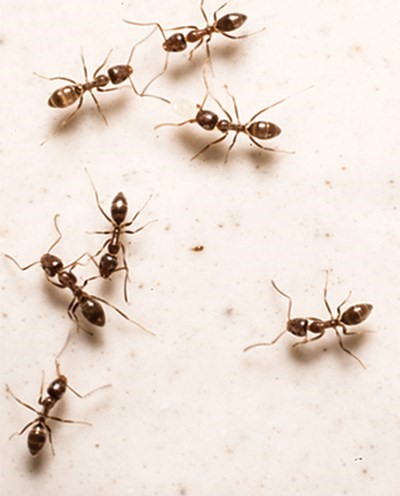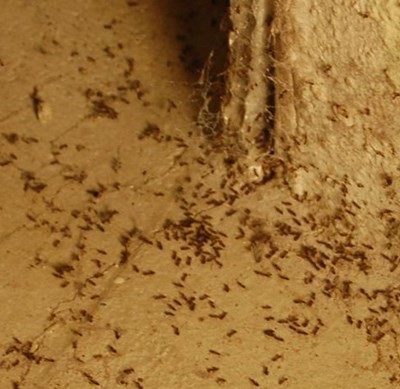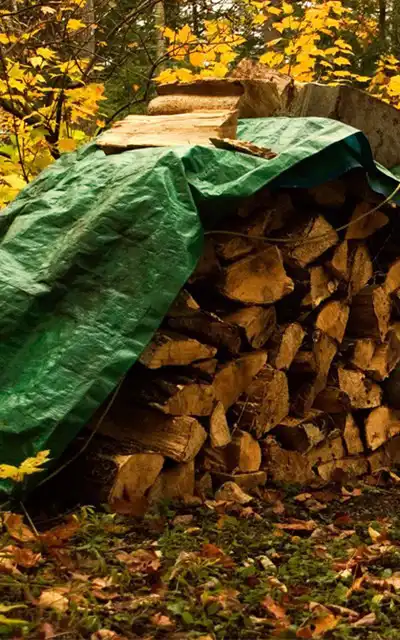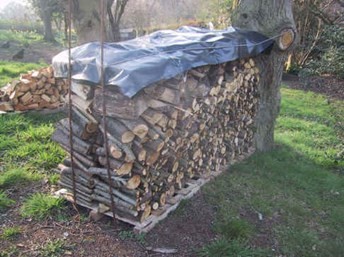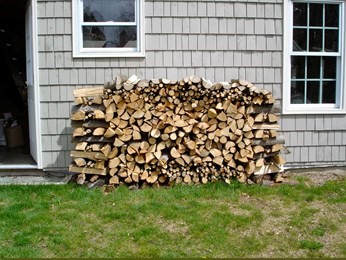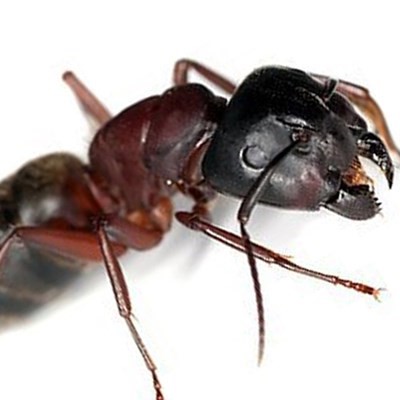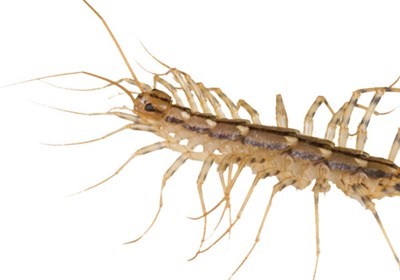Spring is approaching and the temperature is on the rise. That always lifts your spirits after the long, cold winter. But green grass and flowers aren’t the only thing on its way. ANTS!
You may have begun to spot a few ants in your home or business. Don’t stress out! Here are a few simple prevention methods, and a solution if you believe you might have an ant infestation.
- Clean up any food or liquid spills immediately. Ants will most likely come into your home or business to look for foods, so you’ll find them most frequently where food is kept.
- Sweep up any crumbs or food particles under kitchen appliances. You know that toaster oven on your countertop that always seems to have crumbs hidden underneath? Or those mystery food particles lurking under your refrigerator?
- Store food in airtight containers. Believe it or not, ants certainly do have a sweet tooth. Leaving items like baking sugar or sweet cereal boxes barely closed is like a written invitation to ants and other crawling critters.
- Clean up any leftover pet food. Pet food dishes may also be the culprit of any ants that may have taken up residence in your home. If Fido hasn’t finished his meal, or made a mess, be sure to clean it up immediately.
- Seal up any cracks or crevices in doorways, windows and any other access points to the outside. That draft does more than raise your energy bill and give you a chill, it may also be an open walkway for ants into your home or business.
- Keep compost and garbage bins enclosed. Compost is an amazing source of nutrients for your growing garden, but it’s also a dream food source for ants.
- Inspect mulch, remove leaves in gutters and downspouts. On the exterior of your home, landscaping may play a role in any ant activity you may see in your home. Keep trees and shrubs from directly touching your home.
Keep in mind that once an ant has found a food source, they leave a pheromone trail behind them, alerting other ants within the colony that they’ve located food. It’s a strong possibility that if you’ve seen one ant, others aren’t far behind.
If you suspect an ant infestation, contact Batzner Pest Control as soon as possible to speak with an expert.

